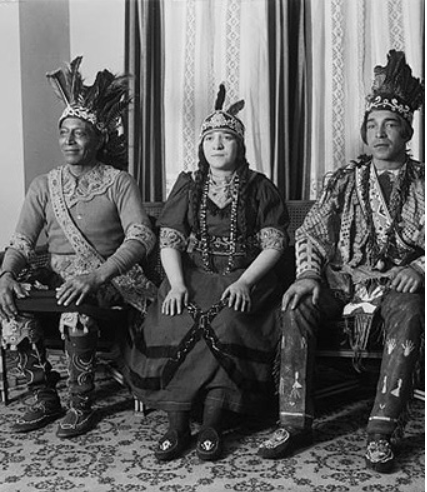Native American Chiefs Who Are Certainly Not Forgotten
The excellent leaders from the original American's often have been referred to as a "Chief" by the white newcomers who's culture involved a rigid political structure. In actuality the chief led his folks in the conservation of their customs, traditions and religion. Together with the incursion of the European the chief also assumed the "executive powers" typically related with Eurocentric political structures that integrated treaty negotiations.
Geronimo was an Apache leader who belonged towards the Bedonkohe band from the Chiricahua Apache tribe. He was not deemed a chief amongst the Apache people, but was generally known as an infamous leader with a warrior spirit that carried out raids and warfare. Geronimo was a symbol of Native American resistance to both the Usa and Mexican military. He acquired a reputation as being a fearless fighter who wreaked havoc and vengeance on Mexican troops, because they had murdered his entire loved ones that incorporated his wife, young children and mother.
Wilma Mankiller was the initial female chief with the Cherokee Nation. She served for 10 years. Wilma Mankiller’s political profession began in 1983 when she was 1st elected deputy chief from the Cherokee Nation. In 1985 she launched a campaign, and was elected key chief on the Cherokee Nation in between 1985 and 1995. Mankiller was the only female that ever served as chief famous native american warriors of the Cherokee’s in a male dominated leadership function. In the course of her tenure as chief Mankiller reinvented the Cherokee community with many projects. Tribally owned enterprises had been designed that integrated horticultural and plant establishments. In the Bell community of Oklahoma running water was established, and a hydroelectric facility was constructed. Also the Cherokee Nation Neighborhood Improvement Department was founded by Mankiller and her administration. Collectively they elevated the population from the Cherokee Nation from 55,000 to 156,000. “Prior to my election,” says Mankiller, “young Cherokee girls would never ever have thought that they might develop up and turn into chief.”
Osceola was an influential Florida Seminole leader. For almost two years, he led a band of warriors in resistance against the United states of america for the duration of the second Seminole war. He was born Billy Powell, in Maskókî or Creek village of Talisi, now called Tallassee, Alabama. He was the son of Polly Copinger (Tallassee lady) and William Powell (English trader). He was raised in Creek traditions. When Billy was born, quite a few of your folks in his village were of mixed blood Indian/English/Scottish with some African blood thrown in for excellent measure. The Creek nation had lived along the Tallapoosa River in present day Alabama for generations. In 1814, after the Red Stick Creek were defeated by US forces, Polly migrated to Florida together with other Creek refugees and joined the Seminole exactly where Billy grew to adulthood and was given the name Osceola.
Sitting Bull was a Hunkpapa Lakota military, religious, and tribal chief who led his people by means of a lot of years of resistance to government policies inside the United states of america. He was a stalwart defender of his people’s land and techniques of life which were threatened by the intrusion of white settlers on treaty assured tribal territories. The United states of america government created terrific efforts to settle Native Americans on reservations. These violations provoked a vision in Sitting Bull’s mind in which he envisioned the defeat of the 7th Cavalry Regiment. As a result this brought upon the “Battle with the Small Bighorn” in which Sitting Bull, and other war leaders victoriously masterminded the defeat of U.S. troops that integrated killing Custer a lieutenant colonel, and all of his men.

